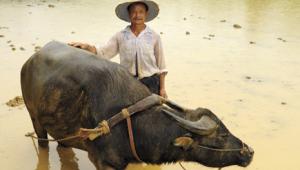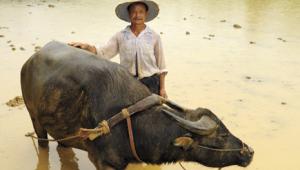The Mystery Of The Aurora Borealis; Capturing Nature’s Light Show
Man has stood in awe of the aurora borealis, or "northern lights," for as long as verbal and written history in these latitudes has been kept. Some cultures viewed it as a sign of royal birth while others regarded the event as a precursor to war or saw these curtains of dancing light as ghosts of the dead. Athabaskan natives believed that if you whistle while watching the aurora it would sweep down and take you away. Fortunately, you could clap your hands quickly and prevent your early departure from the earthly realm. On a more light-hearted and humorous note, the Samis of Sweden regarded the aurora as "girls running around the fireplace dragging their pants" alongside the belief that they were also "...quarrelsome spirits that lived together in a large hall."
Aurora Corona & Dipper |
|
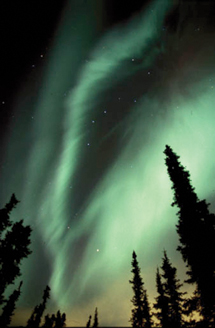 |
|
|
Go figure. In central Asia the belief of the Chuvash peoples is that the lights
were the god/goddess Suratan-tura (Birth-giving Heaven), and that the sky would
give birth to a son when the heavens were lit with the spectacle of the lights
following somewhat naturally. The aurora is often called upon by shamans in
their quest to treat various ailments and in their efforts to rescue souls from
death.
Modern science provides us with a more accurate, although far less romantic,
explanation for these atmospheric phenomena, linking its activity directly to
solar flares on the sun's surface. In a nutshell, as I've come to
understand it, the outermost part of the sun, the corona, is expelled into space
as a gas, the solar wind. While it actually extends well beyond Neptune, this
solar wind and all of its attendant particles reach the earth (93 million miles
away) in roughly 48-72 hours. The particles within this wind are predominantly
ionized hydrogen gas, protons, and electrons, which exist in a state of matter
called plasma. The behavior of this highly charged flow is then affected by
the earth's magnetic field that prevents the solar wind from penetrating
our atmosphere, deflecting this stream of particles into a comet-shaped region
known as the magnetosphere. A portion of the solar wind particles interact with
other particles within the magnetosphere to create the electrical discharge
process, acting like an enormous generator capable of producing upward of 10
million megawatts of electrical power. Imagine if we could harness even a fraction
of that in some reasonable manner!
Aurora Swirls |
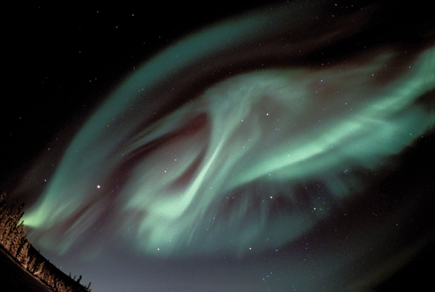 |
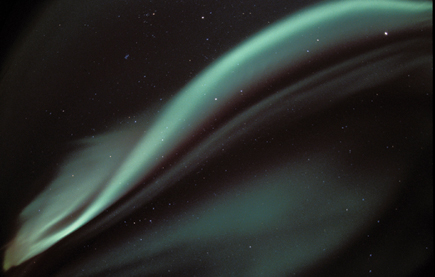 |
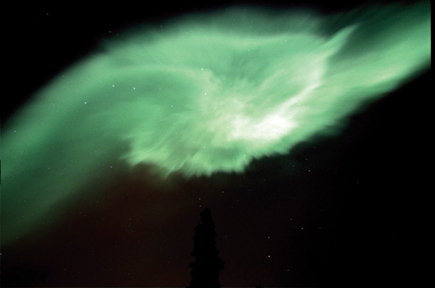 |
Each color we see in an aurora is the result of a particular atom/molecule
being energized at a fairly distinct altitude. So the most common auroral color,
a pale yellow-green, results from energized oxygen molecules at an altitude
of approximately 60 miles. Oxygen molecules at a much higher altitude, roughly
200 miles, that become energized will release this energy as a reddish glow,
an extremely rare occurrence that's actually been witnessed in the Lower
48 as far as Southern California several times over the past decade. Ionized
nitrogen molecules produce a blue light while neutral nitrogen molecules shed
a purplish-red lower border and rippled edges.
Capturing The Beauty
No matter which explanation you choose, and I think they all have their rightful
place, witnessing this tapestry of color and movement is an experience to simply
behold and enjoy. As photographers, we're constantly struck by wanting
to preserve the moment and simultaneously not being able to act in order to
do so. Such a dilemma, eh?
If you are able to pull your eyes away from such a spectacle long enough to
gather your senses and gear, here are a few helpful tips that will enable you
to come home with images of this otherworldly magic.
First and foremost, if you're seeing the aurora then you're likely
in a place and time of year where it's going to be quite cold. I'm
not talking about a little frost on the ears here but rather the risk of frostbite
on exposed tissue in as little as just a few minutes. So dress accordingly and
limit the time you and your gear are left outside. Be mindful also of the need
to protect sensitive electronics in your equipment by wrapping it in a Zip Loc
bag and allowing it to come to room temperature before opening after being out
in the cold. This prevents damaging condensation from occurring within your
camera. Simply removing your batteries from your camera as it is set up on a
tripod while you wait inside helps to maintain their charge throughout the night.
Aurora & Car Lights |
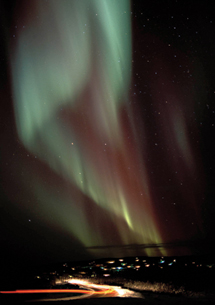 |
It's also a good idea to cover your tripod legs with foam of some sort
to protect your hands. Use the Manual mode on your autofocus lens or use a manual
lens if you have one. Some folks tape the focus ring in place at infinity just
to avoid accidentally moving it in the dark. Use a cable or electronic shutter
release and, if your camera body has it, you can lock the mirror up. Open your
lens up as wide as it'll go and use the film/ISO on your digital camera
of your choice, calculating your exposure times using the table supplied as
just a rough guide.
- Log in or register to post comments











